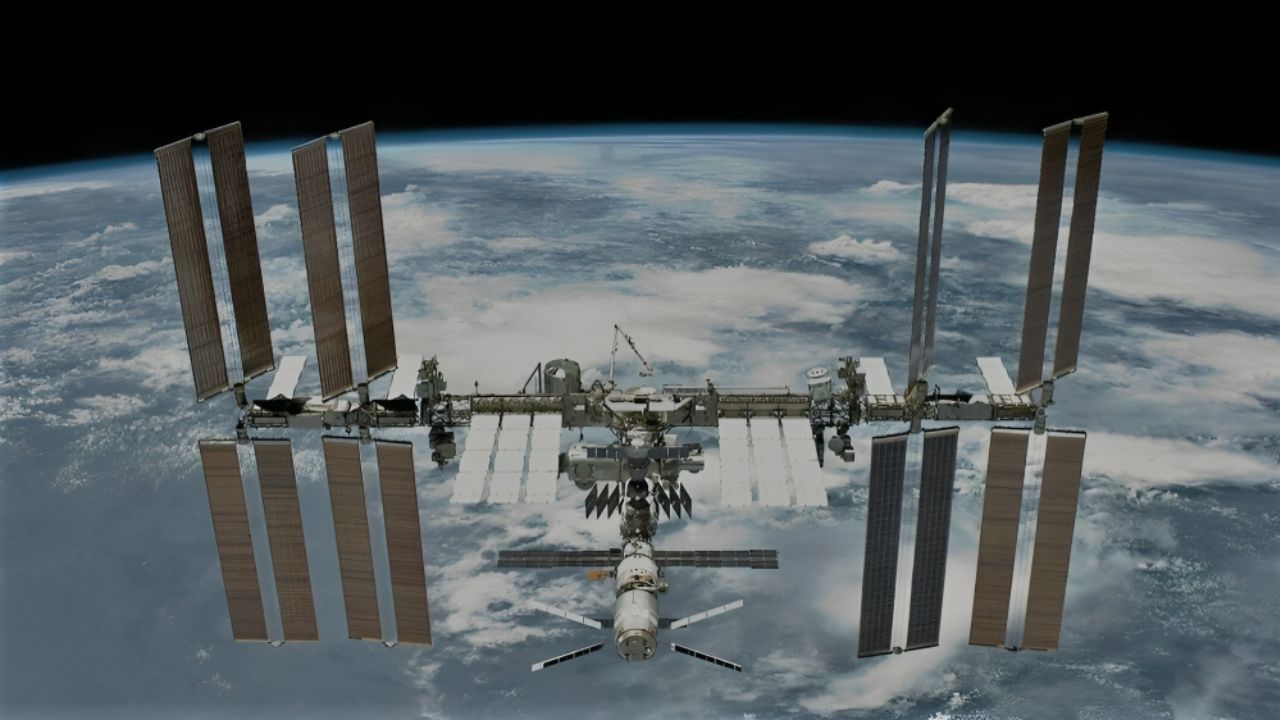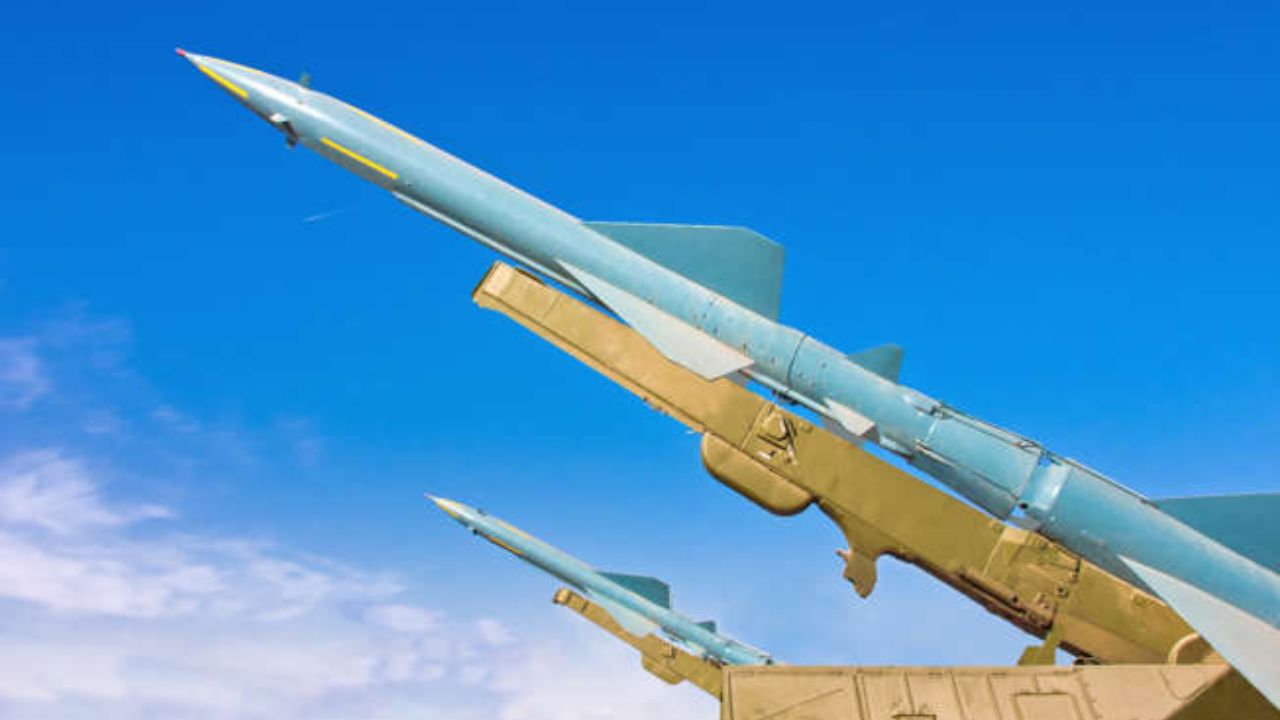international space station predecessor (ISS) is an iconic symbol of international cooperation and human exploration beyond Earth’s boundaries. However, the ISS didn’t emerge overnight; it has a fascinating predecessor history that spans several decades and involves various space programs, collaborations, and innovations. To provide a comprehensive overview, I will delve into the history of space stations and key developments that led to the creation of the ISS.
Early Concepts and the Space Race:
The idea of a space station existed long before the ISS became a reality. The concept of a space station was first proposed by Russian scientist Konstantin Tsiolkovsky in the early 20th century. Tsiolkovsky envisioned a “celestial castle” in Earth’s orbit, which could serve as a platform for scientific research and a launching point for further exploration of the cosmos.
However, it was the Cold War rivalry between the United States and the Soviet Union that truly kick-started the race for space station development. The Soviets took an early lead in space exploration with the launch of Sputnik in 1957 and Yuri Gagarin’s historic flight in 1961. In 1969, the United States achieved a significant milestone with the Apollo 11 moon landing. These early successes fueled the desire to establish a more permanent presence in space.
The Soviet Salyut Program:
The first operational space station was the Soviet Salyut 1, launched in 1971. While it marked a historic achievement as the world’s first space station, it tragically became the site of disaster when it depressurized shortly after reaching orbit, resulting in the death of its crew.
Subsequent missions in the Salyut program were more successful, conducting a range of scientific experiments and technological demonstrations. These missions laid the groundwork for understanding the challenges and benefits of long-duration human spaceflight.
Skylab and the U.S. Response:
In response to the Soviet space station program, the United States launched Skylab in 1973. Skylab was America’s first space station, converted from the third stage of a Saturn V rocket. It hosted three crews and contributed significantly to our understanding of how humans adapt to living and working in space for extended periods.
Skylab’s mission was relatively short-lived compared to the later ISS, as it re-entered Earth’s atmosphere in 1979. However, the knowledge gained from Skylab’s experiments and operations was invaluable in planning for future space station endeavors.
Mir: The Soviet and Russian Continuation:
While the United States focused on the Space Shuttle program in the 1980s and early 1990s, the Soviet Union continued its space station efforts with the Mir space station. Launched in 1986, Mir was an incredible success story, operating for 15 years and hosting numerous international missions and scientific experiments.
Mir not only advanced our understanding of long-duration spaceflight but also paved the way for international cooperation in space. Cosmonauts and astronauts from various countries, including the United States, visited Mir, laying the foundation for the collaborative spirit that would later define the ISS.
The Birth of the international space station predecessor
The idea of international cooperation in space gained momentum during the 1980s and early 1990s. NASA’s Space Shuttle program was in full swing, and discussions between the United States and Russia (the successor to the Soviet Union) began in earnest about the possibility of merging their space station efforts.
In 1998, the first module of the international space station predecessor, Zarya, was launched into orbit. This marked the official beginning of the ISS project. Over the next several years, a series of launches, both Russian and American, added additional modules and components to the station.
International Collaboration:
The ISS represents a remarkable achievement in international cooperation. The station is a joint effort involving space agencies from the United States (NASA), Russia (Roscosmos), Europe (ESA), Japan (JAXA), and Canada (CSA). Each partner contributed both funding and hardware to the project, making it a truly global endeavor.
The cooperative nature of the ISS extended beyond the engineering and construction phases. The station has been continuously inhabited since the arrival of Expedition 1 in November 2000, with astronauts from various countries living and working together in the challenging environment of space.
also read this : kourtney kardashian boohoo: A Fashion Icon Collaborates
Scientific Discoveries and Research:
The ISS has been a hub for scientific research across various fields. Microgravity offers a unique environment for studying fundamental scientific principles, conducting experiments in physics, biology, and materials science that would be impossible on Earth.
One notable achievement is the study of the effects of long-duration spaceflight on the human body. ISS astronauts have provided invaluable data on bone density loss, muscle atrophy, and the psychological challenges of isolation in space. This research is critical for planning future deep-space missions, including Mars exploration.
Technology Advancements:
The ISS has also driven technological advancements. Innovations developed for the space station have found applications on Earth, from water purification systems to medical devices. The solar panels on the ISS, for example, have influenced solar power technology on Earth, contributing to the growth of renewable energy sources.
Challenges and Future Outlook:
While the ISS has been a testament to international cooperation and scientific progress, it hasn’t been without its challenges. Maintaining and operating the station in the harsh environment of space requires ongoing repairs and resupply missions, which are costly and complex.
The future of the ISS is also a topic of discussion. As of my last knowledge update in September 2021, there were debates about the station’s continued operation and whether it should be replaced by a new space station or handed over to commercial entities. Decisions regarding the ISS’s future will impact the next chapter of human space exploration.
Conclusion:
The International Space Station’s predecessor history is a testament to human ambition and the spirit of exploration. It began with early visionary concepts and evolved through the space race, the Soviet Salyut program, Skylab, Mir, and finally culminated in the collaborative masterpiece that is the ISS.
The ISS not only advances our understanding of science and technology but also serves as a symbol of global cooperation and unity. Its legacy will undoubtedly shape the future of space exploration, inspiring generations to reach for the stars and continue the journey beyond Earth’s orbit.



